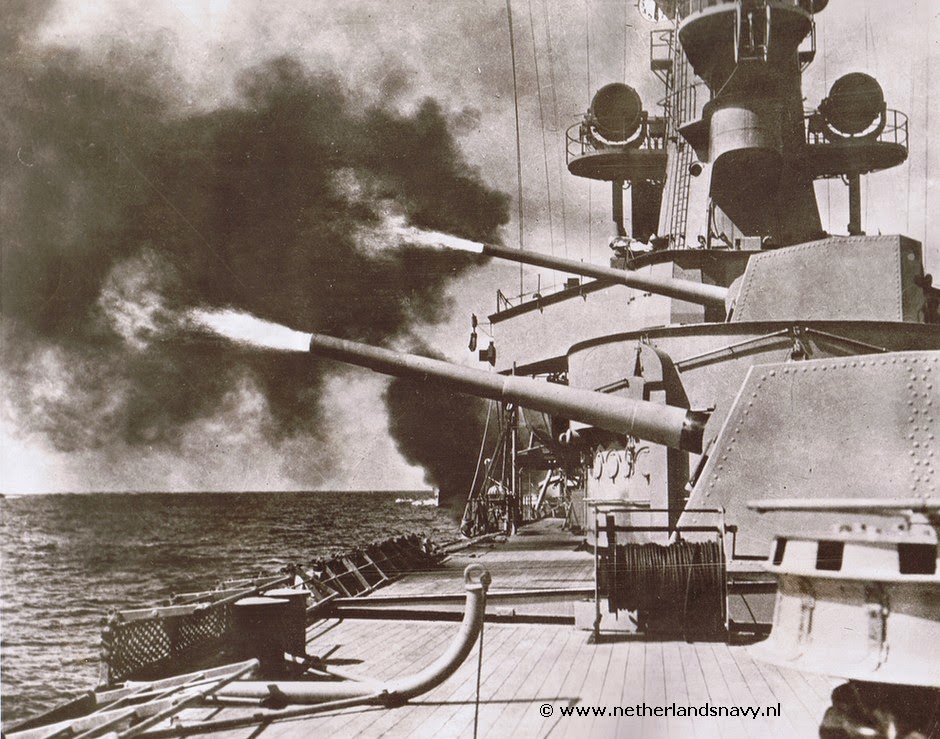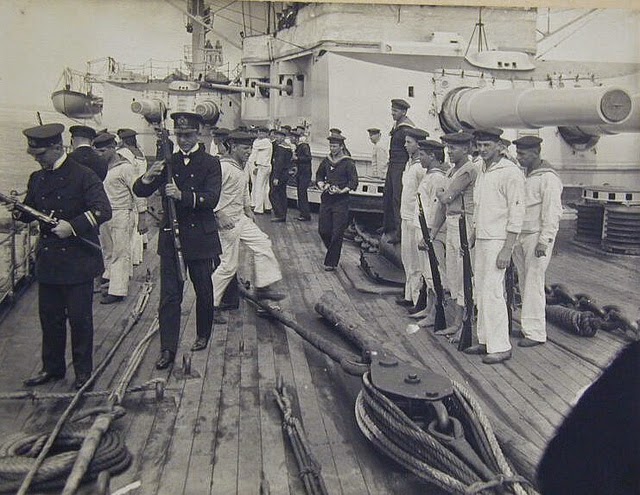Mikasa was the last of four very similar battleship built in British yard for japan at the turn of century. Just for info almost Japanese ship just like battleship,destroyer and many other. Mostly built in other country like British,France,Germany,America,Sweden. Under the 1896 programme, Shikashima (built by Thames Iron Works, London), Asahi (built by John Brown,Clyde bank), Hatsuse (built by Armstrong Whitworth, Elswick), Mikasa (built by Vickers, Barrow) were all built to the same basic specification. They had a normal displacement of about 15,000 tons (15,240t), a main armour belt of 9inch (229mm) thickness, a speed of 18 knots and an armament of four 12 inch (305mm) and fourteen 6 inch (152mm). they were based on the British battleship Majestic, and in appearance were typical British battleships, with their virtues of high freeboard, good stability, and a clean uncluttered design with sensibly arranged armour. Each of the half-sister differed (Shikashima have three funnels, the others two) because each yard did its own detail design. Mikasa benefited by being the last to be the laid down. She had the new Krupp cemented armour, and her 6 inch (152mm) guns were in a battery rather than individual casemates, giving much improved protection. As with all Japanese warship from mid-1880s to 1910, she was armed with Elswick guns.
Mikasa was the last Japanese battleship to be completed before the Russo-Japanese War, and was Admiral Togo's flagship. at the Battle of the Yellow Sea she had one 12 inch (305mm) hgun completely destroyed, and was seriously damaged at Tsushima. Because she was at the head of the Japanese line, she received most of the Russian fire. By 1905 she and her half-sisters were already obsolescent. The next two battleship, Kashima and Katori, already completing in British yards, were fitted with a mixed armament of 12 inch (305mm), 10 inch (254mm) and 6 inch (152mm) guns, and the Japanese designers were already moving as a result of war experience to all-big-gun ship, thought not necessarily with all of the same calibre. The las surviving battleship of her period, she now preserved in a drydock.
 IJN Mikasa in Drydock
IJN Mikasa in Drydock it can be said Admiral togo was Ruthless and almost he said is copied from Admiral Nelson
it can be said Admiral togo was Ruthless and almost he said is copied from Admiral Nelson  In this photo we can see clearly 6 inch gun and 12 Pounder
In this photo we can see clearly 6 inch gun and 12 Pounder Displacement
Normal tons (tonnes) 15,140 (15,382)
full load tons (tonnes) 15,179 (15,423)
Dimension
lenght (pp) 400ft(121.9m)
(wl) 415ft(126.5m)
(oa) 432ft(131.7m)
beam 76.2ft(23.2m)
draught (max) 27.2ft(8.3m)
Armament as built in 1908
guns
12 inch (305mm) 40cal 4 -
12 inch (305mm) 45cal - 4
6inch (152mm) 40cal 14 14
12pdr (76mm) 20 20
3pdr (47mm) 8 8
torpedo tubes
18 inch(457mm) submereged 4 4
Armour
side (belt) 6-9 inch (152-229mm)
(ends) 4 inch (102mm)
deck 2-3 inch (51-76mm)
main turrets 8-10 inch (203-254mm)
barbattes 10-14 inch (254-356mm)
battery 2-6 inch (51-152mm)
Machinery
boilers (type) Belleville
(number) 25
engines (type) Vertical triple expansion
shafts 2
Total SHP
designed 15,000
trial 16,400
Fuel capacity
coal normal tons (tonnes) 700 (711)
max tons (tonnes) 1,521(1,545)
Performance
designed speed 18 Knots
trial speed 18,6 knots
range 5,300 miles (4,450nm) @ 10 Knots
crew 830
Ship Mikasa
built Vickers,Barrow
Authorised 1896
laid down 24 Jan 1899
launched 8 Nov 1900
completed 1 March 1902
fate Preserved as national memorial 1923













 state of Mississippi seal
state of Mississippi seal